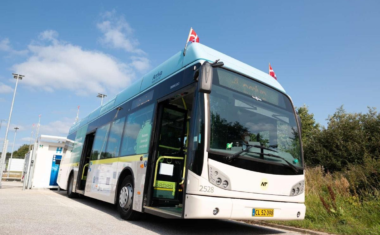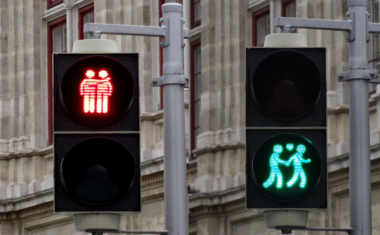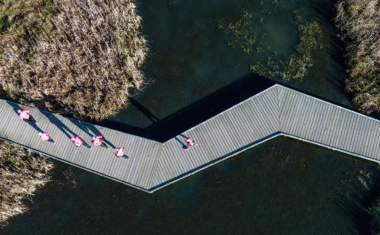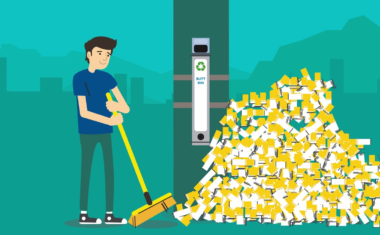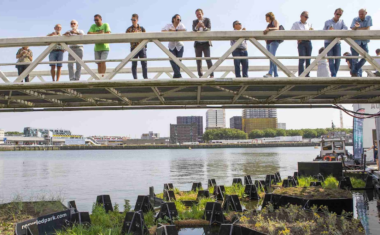Project Energie-Optimierung Schlammbehandlung (E_OS)
- 10
- 5 min to read
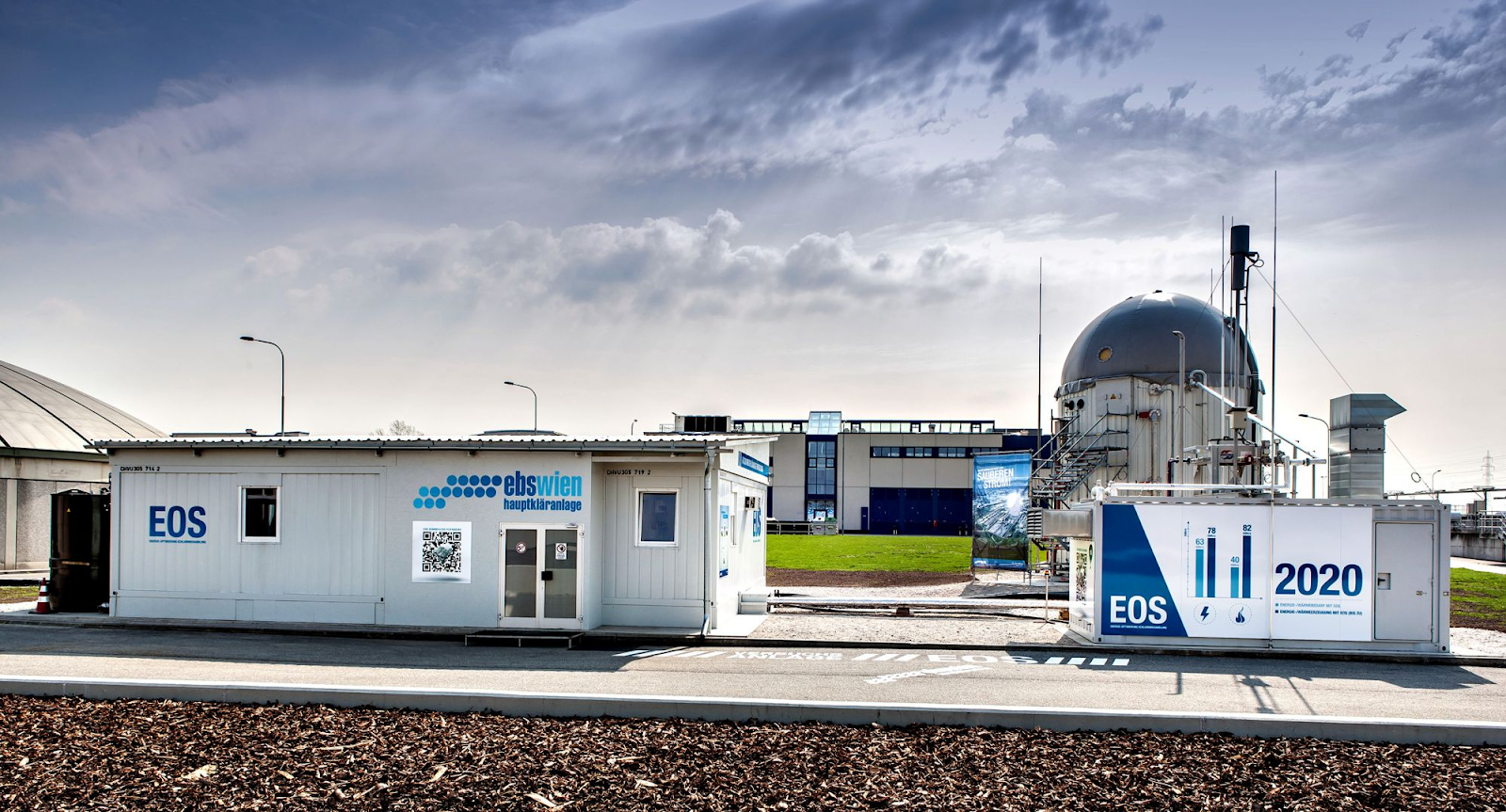
Vienna, Austria
About the city. The Wien Energie waste incineration plants recycle about 900,000 tons of rubbish, hazardous refuse and clearing sludge per year.
Goal
The project Energie-Optimierung Schlammbehandlung (E_OS) aims to establish the best possible exploitation of the energy contained in clearing sludge. The project focuses on the main wastewater treatment plant in Vienna. It is planned to set a new standard for sustainable environmental protection within its size classification.
Implementation period. The project was presented in 2010. Three years later the environmental impact statement was commissioned. The main stages will be displayed in the timeline.
Fact
According to Umweltbundesamt’s annual statement, for the period 2013-2020, there are upper limits applicable in Austria on the number of greenhouse gases from transport, buildings, agriculture and waste management.
Solutions
Against the backdrop of a growing economy and increasing carbon dioxide emissions, it was important to find a solution to maintain the economic growth rate and the environment. Must admit that the project is included in the lead project called Smart City Wien.
How is renewable energy source extracted?
- The sludge, which is a residual product of wastewater treatment, is condensed and heated to 38°C.
- After it is pumped into six 35 m high digesters with a total volume of 75,000 m³. The digesters are hermetically sealed, and sewage gas is produced during the anaerobic stabilization phase.
- Thermal power stations then convert the sewage gas into electricity and heat.
What is innovation?
Maximizing the electrical energy production for water treatment, feeding surplus energy into the public network, using the total heat produced in the form of district heating, as well as utilizing residual heat for sludge digestion.
Team
As a neutral innovation hub, Urban Innovation Vienna’s Smart City Agency coordinates all activities of Smart City Vienna. As such, the agency connects and supports innovative people inside and outside the municipality, public utility companies and other communal businesses. The project initiative belongs to local authorities.
Timeline
- 2010: project presentation in December
- 2012: EOS is unanimously approved by the municipal council of Vienna in February
- 2013: EOS trial facility is put into operation in March
- 2013: submittal of environmental impact statement in August
- 2014: tendering process for the main works
- 2015: start of construction in the summer
- 2017 bis 2019: partial initial operation
- 2020: construction completion and fully operational at year-end
The E_OS project reduces carbon dioxide emissions by 40,000 tons per year. By 2020 ebswien will be fully energy self-sufficient.
If you notice an error or inaccuracy in our editorials, please email [email protected] so we can look into it.

